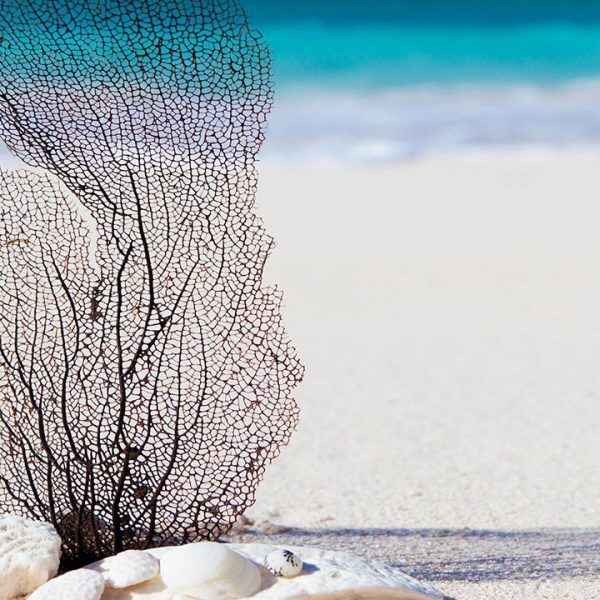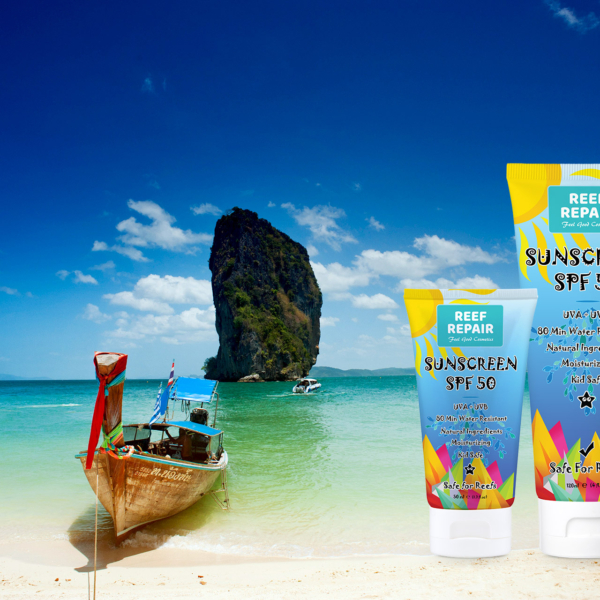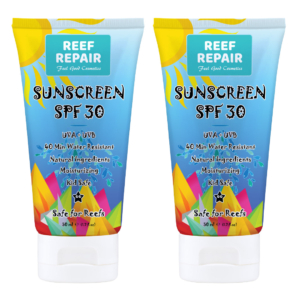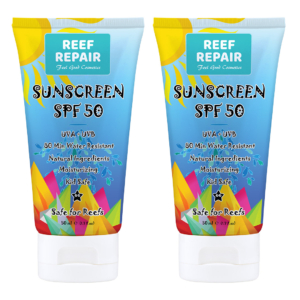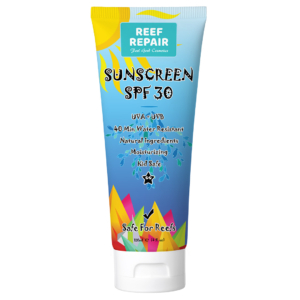What Is SPF (Sun Protection Factor)
The single most important factor for consumers of sun cream and sunscreen has most definitely become the SPF rating. Every time you buy sun cream at the local store, pharmacy or supermarket, we can bet with pretty good certainty that the first thing you look at is the sunscreen SPF rating.
Now for the fun part, do you know SPF stands for and more importantly do you know how they get their SPF 30, 40, 50 or 100 rating?
Alright easy questions first, most everyone probably knows that SPF stands for Sun Protection Factor, but exactly what does the number next to it mean? How does a sun cream get that SPF number and why has it become so important to understand what that number means to you?
Sun Protection Factor – A Definition
SPF ratings help you define the the amount of time you can sit in the sun before burning your skin, compared to the time it would take if you were not wearing any sunscreen at all.
SPF is a measure of how long a sun cream will protect you from the sun’s ultraviolet (UVB) rays, that cause skin reddening and sunburn
Here is the kicker, SPF is not a standard measurement. SPF ratings are a formula that apply differently to every single person. The basic formula looks something like this.
[Burn Time] * SPF Rating = Safe Time In The Sun
Seems simple right, but how do you figure out your personal “Burn Time”?
Determining Your Burn Time
Figuring out your burn time is basically a guess, you need to work with the suns current level of intensity and correlate that with your skin color and type to figure out how long you can be exposed without your skin burning.
Say you have light olive brown skin and are hanging out at Bondi Beach in Australia at high noon (high intensity sunlight), with no sun cream applied. You can probably estimate burn time on your exposed skin to be around 10 minutes, this is because you have a life that involves being outside occasionally and have some skin colour already.
So here we go with our first Olive skinned beach goer. Plug in the data assuming burn time is 10 minutes based on the factors above, our SPF formula now looks like this.
10 (Minutes) * 30 (SPF) = 300 (Minutes)
If our olive skinned person opts to use no sun cream they simply start to burn after 10 minutes in the midday sun (Burn Time). With a quality SPF 30 sunscreen they are able to sit in the sun for 30 times longer. In our example, theoretically our fictitious beach goer would not burn for around 4 – 5 hours, provided they did not sweat, swim, shower, dry off with a towel or move.
In real life situations beach goers do all those things which is why you need to re-apply every few hours no matter how good your sun cream is.
SPF 30 Is Really That Effective?
Many people are bamboozled by the labels on current sun cream bottles. Let us clear something up, SPF 50 is the best sun protection you can get, end of the story, drop the dam mic, higher SPF ratings are a very well designed sham.
SPF 80 and 100 ratings are simply marketing gimmicks designed to trick you into buying without thinking. These sun super high SPF creams do not really protect you any better than SPF 50, in fact, many countries are making it illegal to label sun cream bottles with SPF ratings over 50 because…
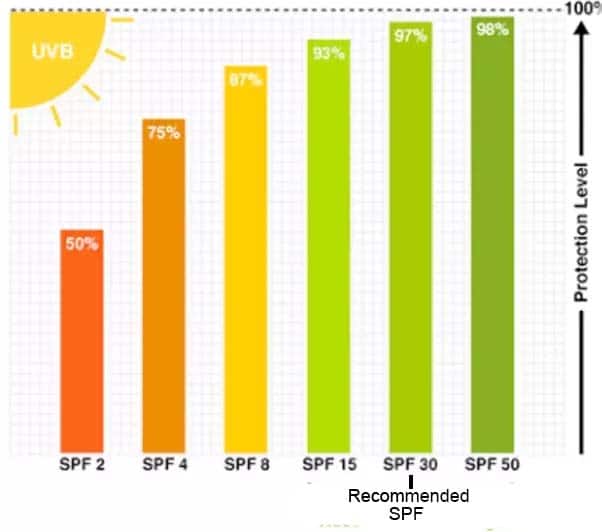
Take note of how useful SPF 100 is compared to 30, a whopping 2% more effective for another 70 SPF points and who knows how many more of your hard-earned dollars.
Remember that after SPF 30 the difference in protection is extremely minimal, we are talking no more than 1% between SPF 30 and SPF 50, and again no more than 1% between SPF 50 and SPF 100, we also wrote a whole article on this, called Anything above SPF 50 is a con.
SPF Ratings Only Relate To UVB Radiation
Another important factor to keep in mind is that the SPF ratings on sun care products only relate to UVB radiation, UVB rays are the ones that turn your skin bright red, in other words, sunburns.
SPF ratings do not measure the protection a sun cream offers against the more dangerous UVA rays that cause underlying cell and DNA damage, we refer to that as cancerous cells or just cancers for brevity. Long story short is that UVA radiation equals very bad and you desperately need to defend against it when exposing your skin to long periods in the sun.
In order to be protected from both UVA & UVB rays, you need what is commonly called a broad spectrum sun cream, sadly in the past many sun cream manufacturers simply falsified that on their labels and then left out the active chemicals that would have protected you against UVA radiation.
You can find some good information on protecting yourself from UVA radiation and determining if your sun cream is actually broad-spectrum by checking out this article on the best active ingredients for reef safe, natural sunscreens.
Wow Right? So Lets Sum Up SPF Ratings
Your skin colour affects the SPF rating, the intensity of the sun you are in affects the SPF rating, that will differ for everyone! Here is another awesomely helpful chart.
Do not trust super high SPF ratings on sunscreen bottles, they simply do not protect you for any longer than good SPF 30 or 50 products do.
Good SPF 30 or SPF 50 sunscreens protect you extremely well, up to 98%. That makes your choice simple, purchase quality SPF 50+ products for the best protection available besides maybe wearing a T-shirt and hat.
If you have fair skin, you need to re-apply often, if you have darker skin, re-apply a little less often, but two hours is the maximum. You must re-apply every two hours, no matter what!
SPF ratings also only refer to protection against UVB rays, you still need a sun cream that protects against UVA. Zinc Oxide which is the active ingredient in all Reef Repair products protects against both better than any synthetic chemical we have yet to invent in a lab.
If you need any more proof of just how dastardly the chemical sun cream industry is? Here is article detailing how a sun cream manufacturer in Australia ripped off and endangered consumers resulting in a class-action lawsuit.
Enjoy your time in the sun and stay safe, we mean that!
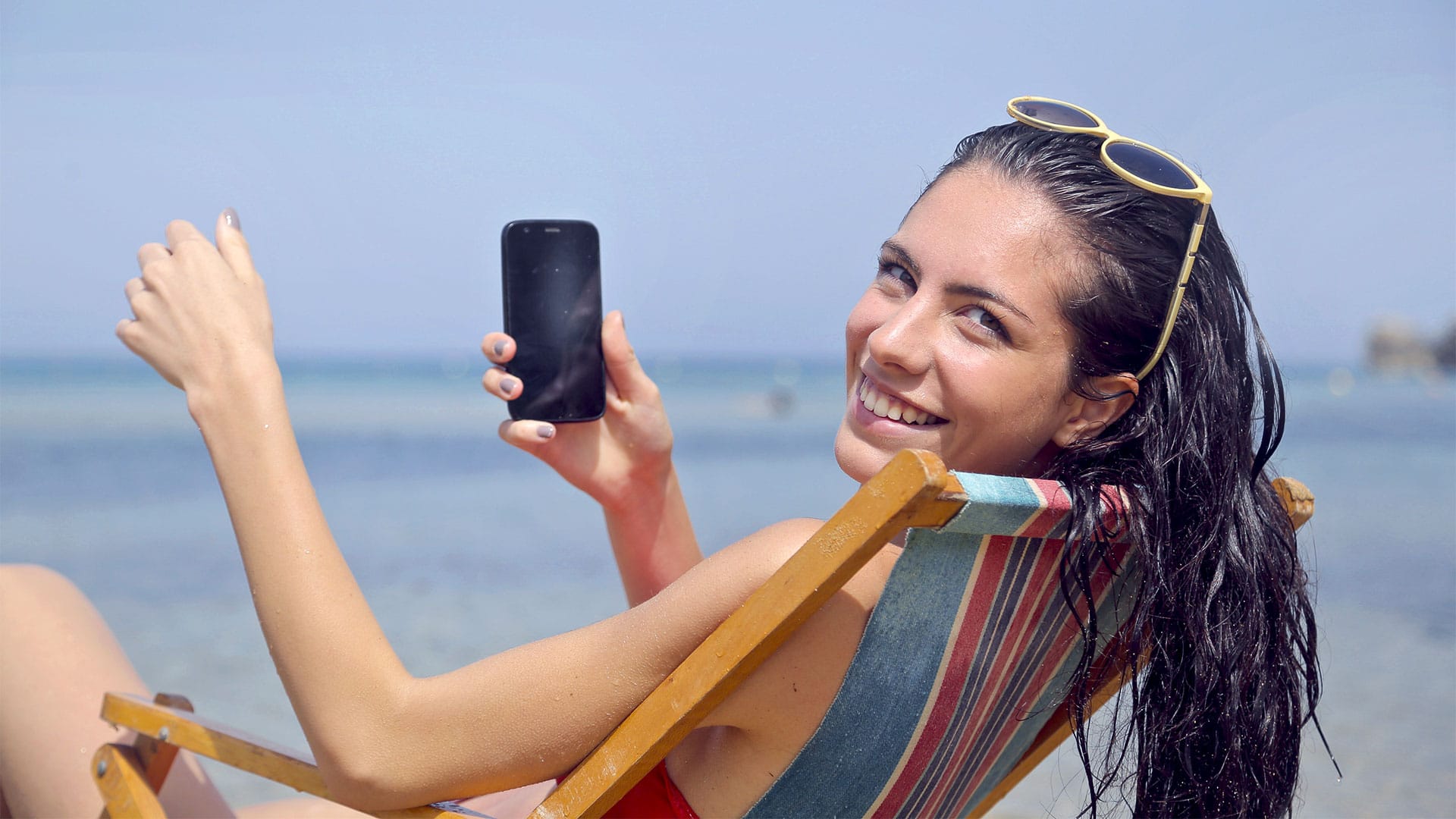

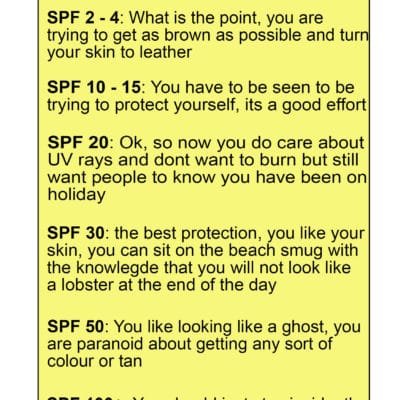
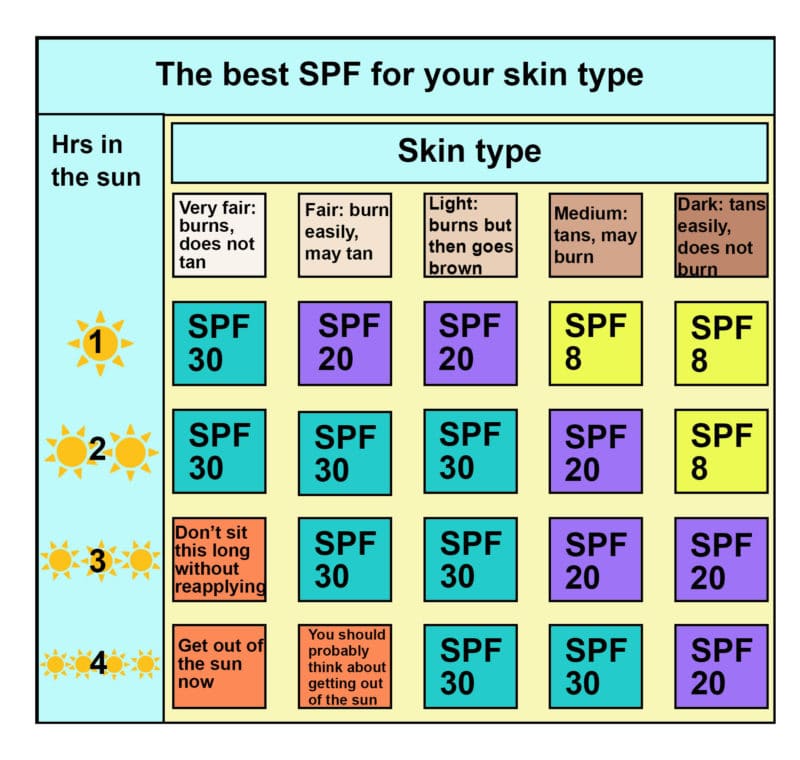

 (14 votes, average: 4.86 out of 5)
(14 votes, average: 4.86 out of 5)